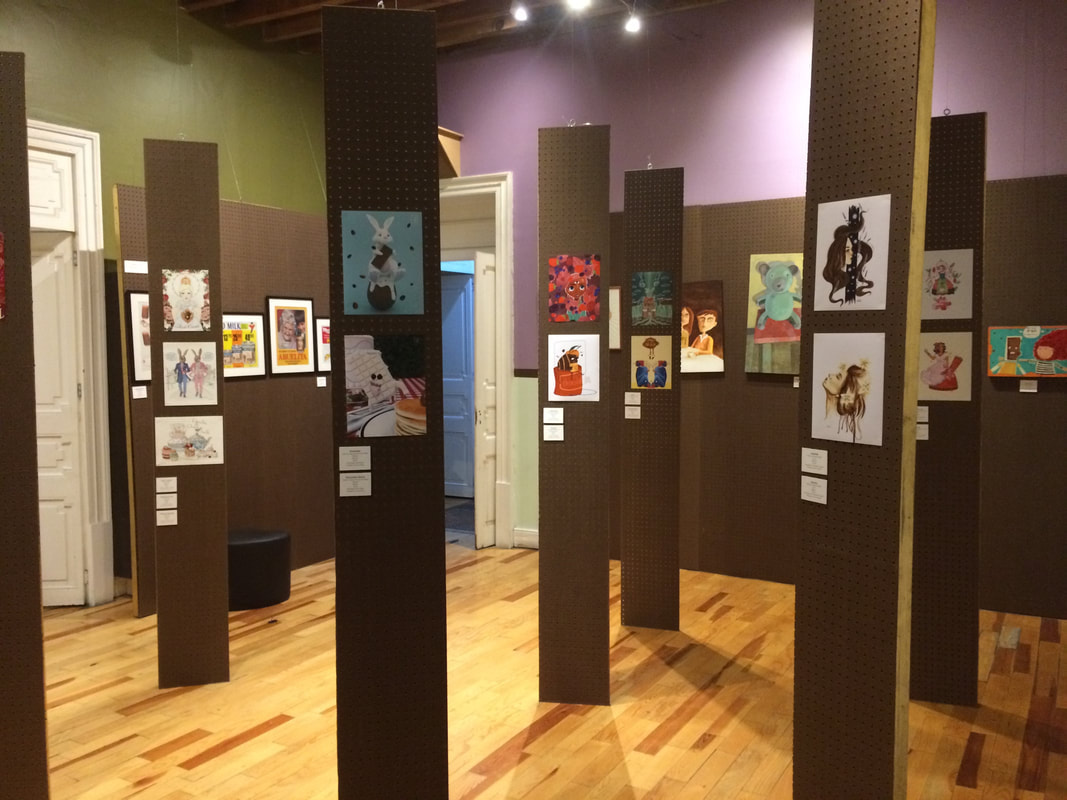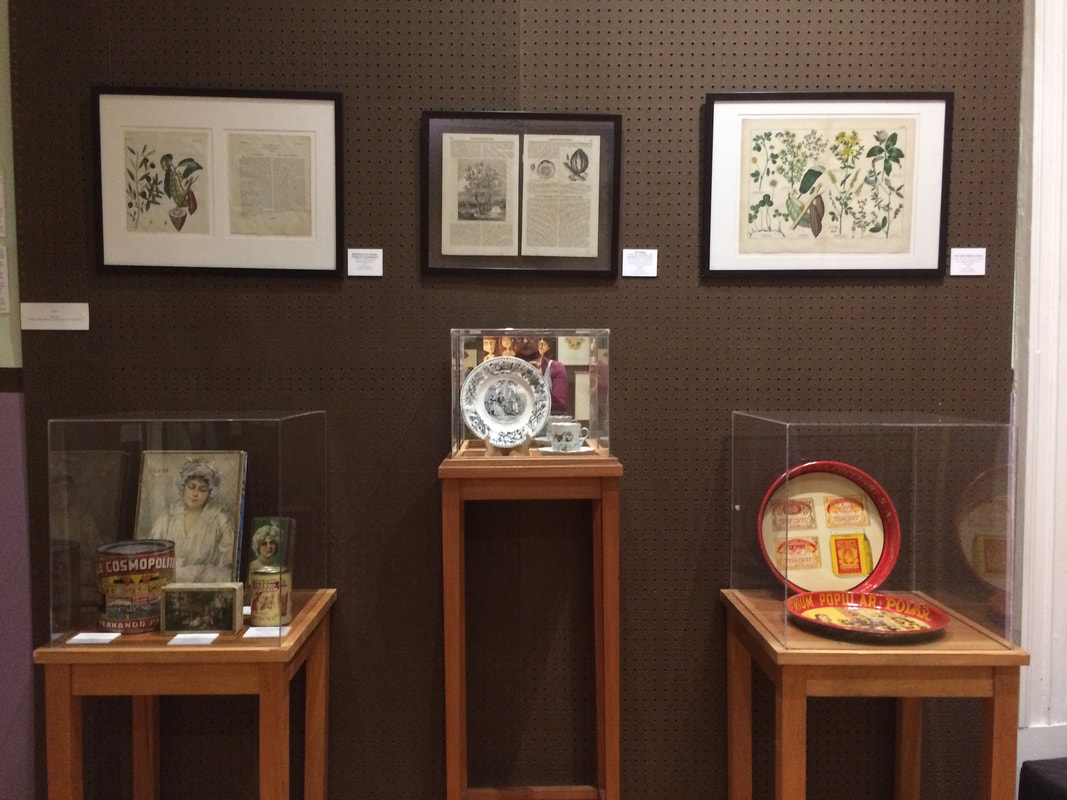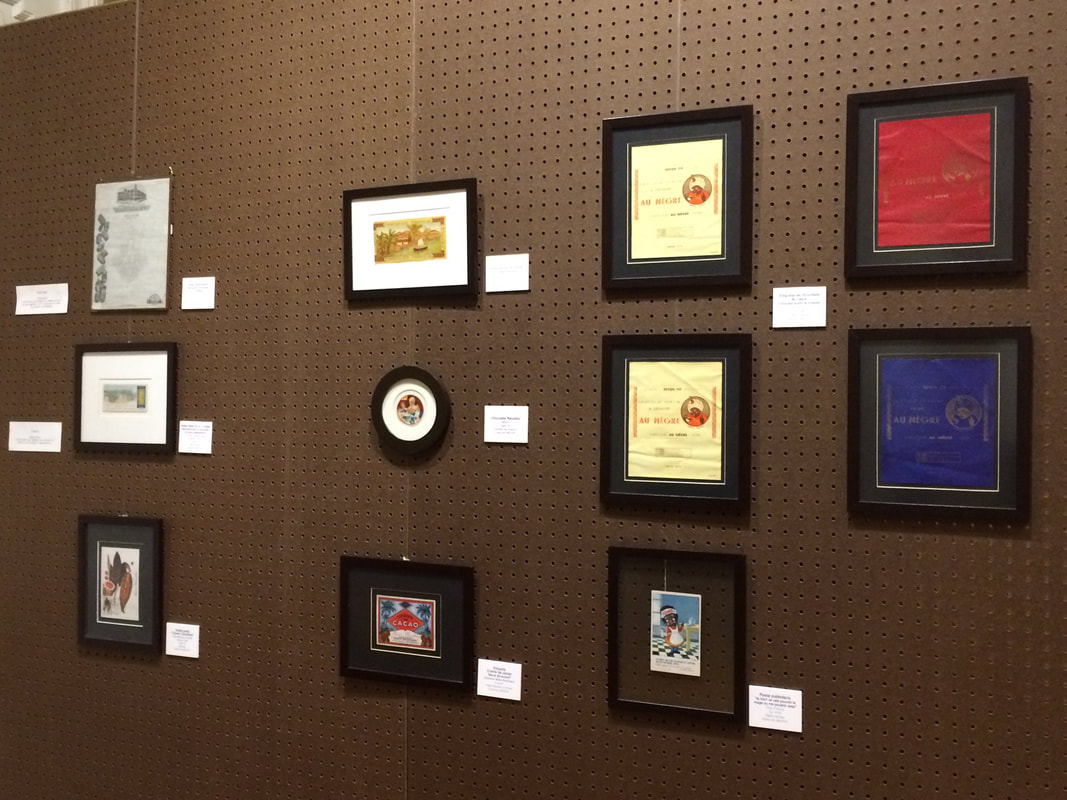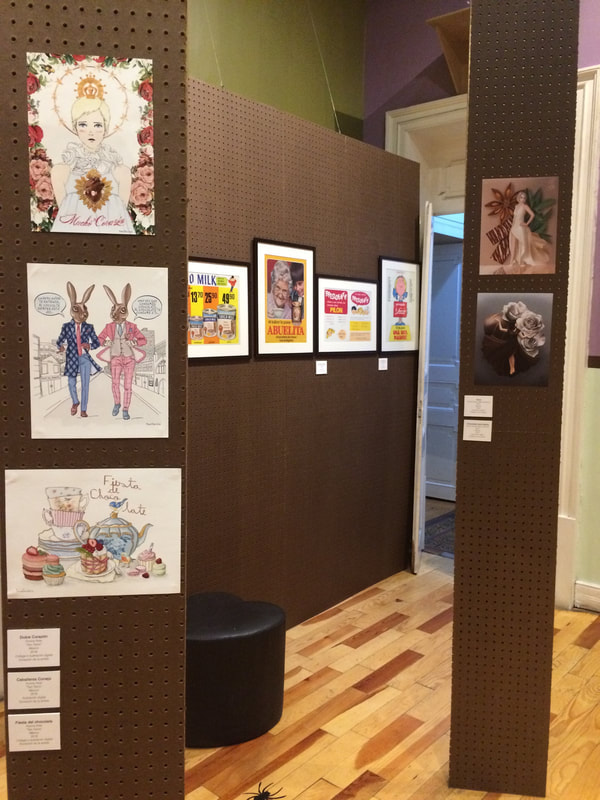Ilustrathon
Throughout history, humanity has produced narrative images to communicate events and relevant concepts.
Cacao, the sacred food of the prehispanic peoples, has been represented in murals, bas-reliefs and models of palaces, tombs and temples. From Teotihuacan to Chichen-Itza, cacao holds a place of honor in Mesoamerican iconography. The first representations of the “food of the gods” appear in Mayan vases, with the “fish” glyph, kakawa, a phonetic and symbolic expression related to the twin heroes of water of the Popol-Vuh, the book of the K’iche Mayan’s council. Cacao is considered a symbol of resurrection and renovation. The earliest impression of this glyph that we know of, was found in a tecomate at El Paso de la Amada, Soconusco, pacific coast of Mexico. Dated back to 1900 b.C., and attributed to the Mokaya culture. The “fish” glyph appears not only as a symbol of the drink of nobility, but also to register the tribute payed in form of grains of cacao which, as we know, was the currency of Mesoamerica.
The expression of cacao as wealth can also be seen in the Dresden Codex, a Mayan book from the 11thor 12thcentury, where it is written that one or other divinity “entered in its cacao”, that is to say, became prosperous.
The first illustration of cacao published in Europe is in Francisco Hernandez’s book, who with his formation as a humanist medic, describes the curative properties of cacao, with a graphical representation of the tree, the Cacahuaquahuitl. On top of that, this valuable compendium includes many of the plants associated with cacao, which were used to make their diverse drinks.
With the industrial revolution of the 18thcentury, printing technology advanced notably, and it was then when illustration took force, due to the great diffusion of publications. In them images of cacao appear, a species of great interest due to its properties and commercial value, and the fact that by that time it was gifted with an agricultural distribution that transcended Mesoamerica. Scenes of the harvest of cacao and its social context are shown, from very different latitudes, as well as uncountable registers of botany, where the tree, fruit, flowers, leaves, seeds and even some plagues and insects that accompany cacao are illustrated. The illustrations of cacao’s nature appear on encyclopedias, children’s textbooks and school sheets.
On the other hand, the incipient cacao industry exhibits a plethora of illustrations of chocolates, the way to take them and their effects. On top of showing scenes of the harvest of cacao on distant lands, these printed mediums display the chocolate factories, with unending rows of machines, chimneys and the greatness of the chocolate industry. And not only books are enriched with prints, but also newspapers and magazines, which by the 19thcentury already have vast and efficient networks of distribution, and that are also an entertainment available to thousands of people.
At the end of the 19thcentury, advertising illustrations are mostly in black and white. Towards the beginning of the 20thcentury, advances in photoengraving and new printing techniques allow for the production of full color illustration, and kickstart a new artform, the golden age of graphic illustration.
Nowadays, illustrators have the capacity of working with traditional drawing methods combined with the technology of computer programs.
Cacao, the sacred food of the prehispanic peoples, has been represented in murals, bas-reliefs and models of palaces, tombs and temples. From Teotihuacan to Chichen-Itza, cacao holds a place of honor in Mesoamerican iconography. The first representations of the “food of the gods” appear in Mayan vases, with the “fish” glyph, kakawa, a phonetic and symbolic expression related to the twin heroes of water of the Popol-Vuh, the book of the K’iche Mayan’s council. Cacao is considered a symbol of resurrection and renovation. The earliest impression of this glyph that we know of, was found in a tecomate at El Paso de la Amada, Soconusco, pacific coast of Mexico. Dated back to 1900 b.C., and attributed to the Mokaya culture. The “fish” glyph appears not only as a symbol of the drink of nobility, but also to register the tribute payed in form of grains of cacao which, as we know, was the currency of Mesoamerica.
The expression of cacao as wealth can also be seen in the Dresden Codex, a Mayan book from the 11thor 12thcentury, where it is written that one or other divinity “entered in its cacao”, that is to say, became prosperous.
The first illustration of cacao published in Europe is in Francisco Hernandez’s book, who with his formation as a humanist medic, describes the curative properties of cacao, with a graphical representation of the tree, the Cacahuaquahuitl. On top of that, this valuable compendium includes many of the plants associated with cacao, which were used to make their diverse drinks.
With the industrial revolution of the 18thcentury, printing technology advanced notably, and it was then when illustration took force, due to the great diffusion of publications. In them images of cacao appear, a species of great interest due to its properties and commercial value, and the fact that by that time it was gifted with an agricultural distribution that transcended Mesoamerica. Scenes of the harvest of cacao and its social context are shown, from very different latitudes, as well as uncountable registers of botany, where the tree, fruit, flowers, leaves, seeds and even some plagues and insects that accompany cacao are illustrated. The illustrations of cacao’s nature appear on encyclopedias, children’s textbooks and school sheets.
On the other hand, the incipient cacao industry exhibits a plethora of illustrations of chocolates, the way to take them and their effects. On top of showing scenes of the harvest of cacao on distant lands, these printed mediums display the chocolate factories, with unending rows of machines, chimneys and the greatness of the chocolate industry. And not only books are enriched with prints, but also newspapers and magazines, which by the 19thcentury already have vast and efficient networks of distribution, and that are also an entertainment available to thousands of people.
At the end of the 19thcentury, advertising illustrations are mostly in black and white. Towards the beginning of the 20thcentury, advances in photoengraving and new printing techniques allow for the production of full color illustration, and kickstart a new artform, the golden age of graphic illustration.
Nowadays, illustrators have the capacity of working with traditional drawing methods combined with the technology of computer programs.




